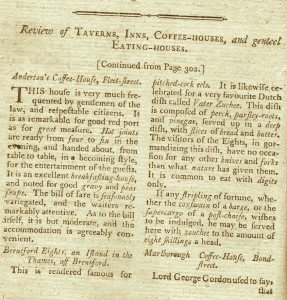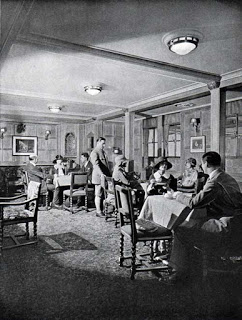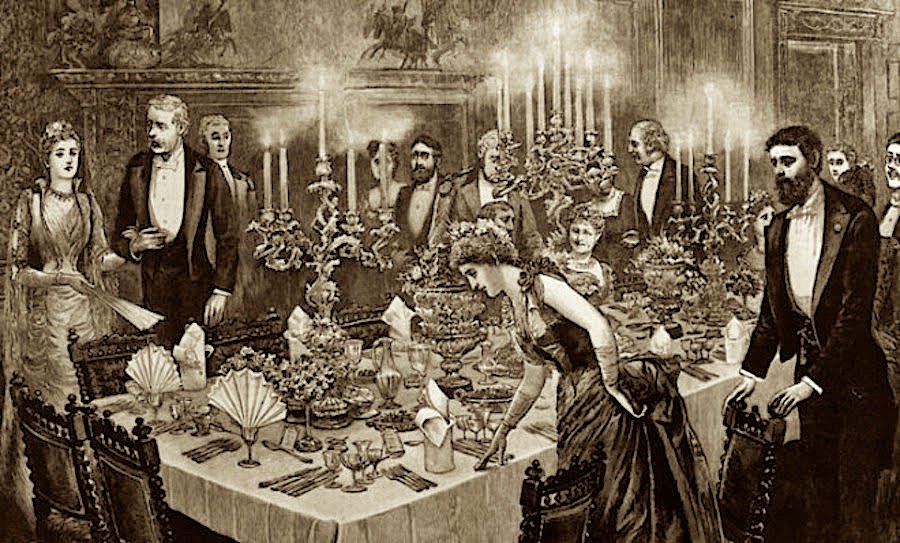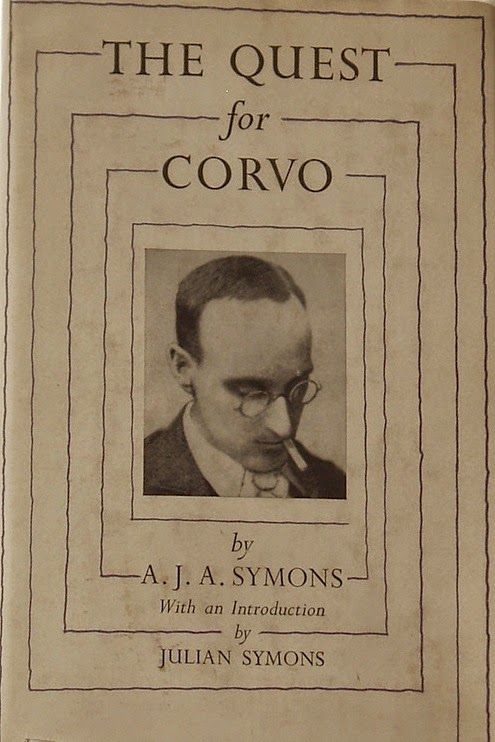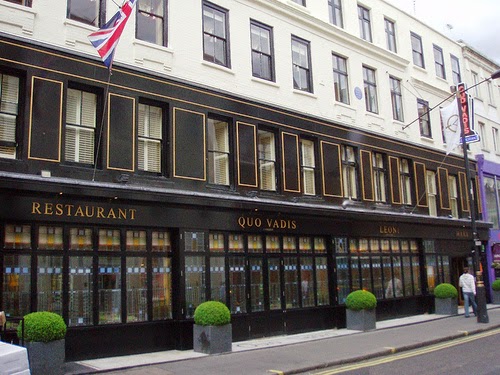A few brief notes on tipping. Tipping is a controversial business – in some cultures it is deemed insulting, in others almost obligatory. Are wealthy people expected to give larger tips? I spoke to a taxi driver who drove Ringo to Liverpool from London in the 1970s and the great drummer gave him a £100 tip, the best he had ever had. There is the story of the rich man who was so impressed by the service of a waiter that he bought the restaurant and gave it as a tip – in some versions of this tale the waiter is said to be the hotelier Cesar Ritz. In one of John Le Carré’s novels a character suggests that people (like him) who over-tip are held in contempt by waiters etc., The idea is that the over-tipper is a sad, inadequate person trying to be liked, or at very least, showing off his wealth..
Francis King wrote of his time escorting extremely wealthy fellow author Somerset Maugham around Japan is the early 1960s – “..in a restaurant he gave a vast tip to two charming and attentive waitresses. Seeing that I was astonished he told me: ‘Never believe the idiots who tell you that people despise those who overtip. That’s a fiction put about by the miserly. On the contrary, people are always delighted if you give them more than they expect.’
One wonders whether Henry James was an over-tipper. His advice was: ‘Three things in human life are important: the first is to be kind; the second is to be kind; and the third is to be kind.’

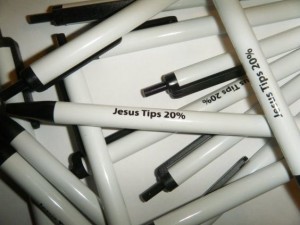
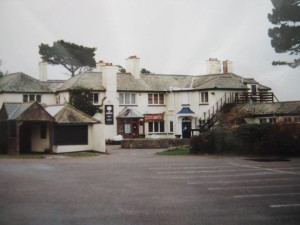
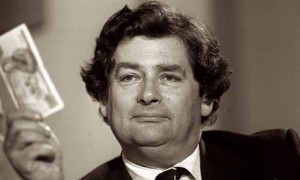
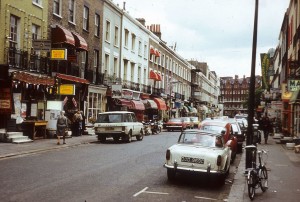 In his Good Food Guide of 1961-62 Raymond Postgate describes the trendy Parkes’ Restaurant at Beauchamp Place (above) in Kensington as ‘ a personal restaurant, dependent upon Mr Ray Parkes, the chef and owner, who offers in his basement at high prices what is claimed to be , and up to date is, haute cuisine.’
In his Good Food Guide of 1961-62 Raymond Postgate describes the trendy Parkes’ Restaurant at Beauchamp Place (above) in Kensington as ‘ a personal restaurant, dependent upon Mr Ray Parkes, the chef and owner, who offers in his basement at high prices what is claimed to be , and up to date is, haute cuisine.’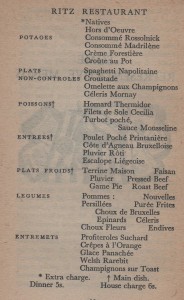
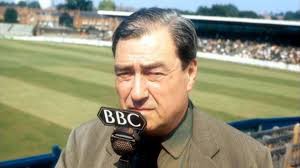
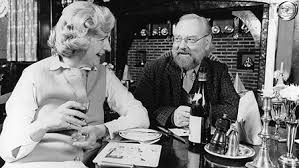
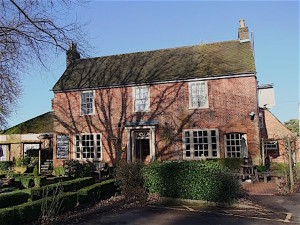 A few days ago we heard on the radio that there was much more violence during the Great Train Robbery of 1963 than has been reflected in the over-romanticised films about it. We also learnt that the notorious Leatherslade Farm, where the robbers held out, is no more.
A few days ago we heard on the radio that there was much more violence during the Great Train Robbery of 1963 than has been reflected in the over-romanticised films about it. We also learnt that the notorious Leatherslade Farm, where the robbers held out, is no more.
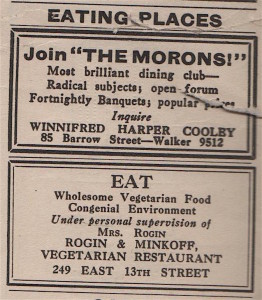
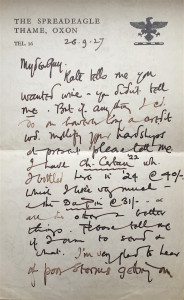
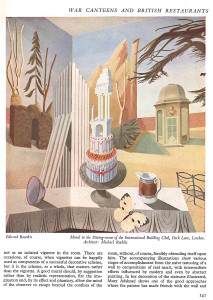 It is a sad fact that most of the best mural paintings executed in canteens, cafes and restaurants in the UK no longer exist. Unlike those executed for some public buildings, those in private premises are subject to the taste of those who take over the property. By far the most notorious example was, of course, the murals executed around 1913 on the walls of Rudolf Stulik’s Restaurant de la Tour Eiffel in Percy Street, just off Tottenham Court Road, by Wyndham Lewis, which were later painted over.
It is a sad fact that most of the best mural paintings executed in canteens, cafes and restaurants in the UK no longer exist. Unlike those executed for some public buildings, those in private premises are subject to the taste of those who take over the property. By far the most notorious example was, of course, the murals executed around 1913 on the walls of Rudolf Stulik’s Restaurant de la Tour Eiffel in Percy Street, just off Tottenham Court Road, by Wyndham Lewis, which were later painted over.